Daucus carota (wild carrot) Go Botany
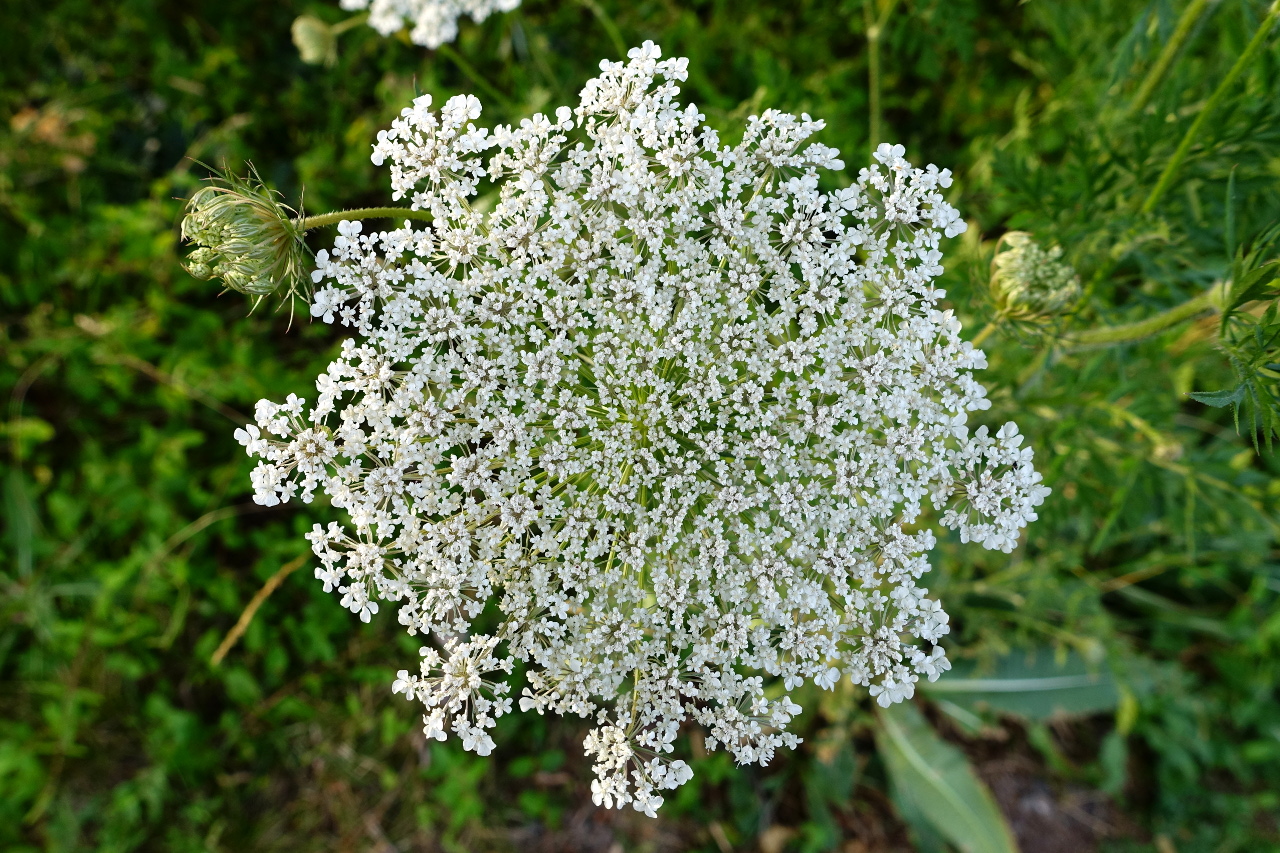
Daucus carota Wildflowers of the National Capital Region
Wild carrot (Daucus carota). The wild carrot is a common flowering plant with light, delicate flowers. Originally native to Europe and Asia, it has also spread to North America and Australia. Studies of historical paintings suggest that the wild carrot was cultivated in Turkey, Spain, and North Africa for centuries.
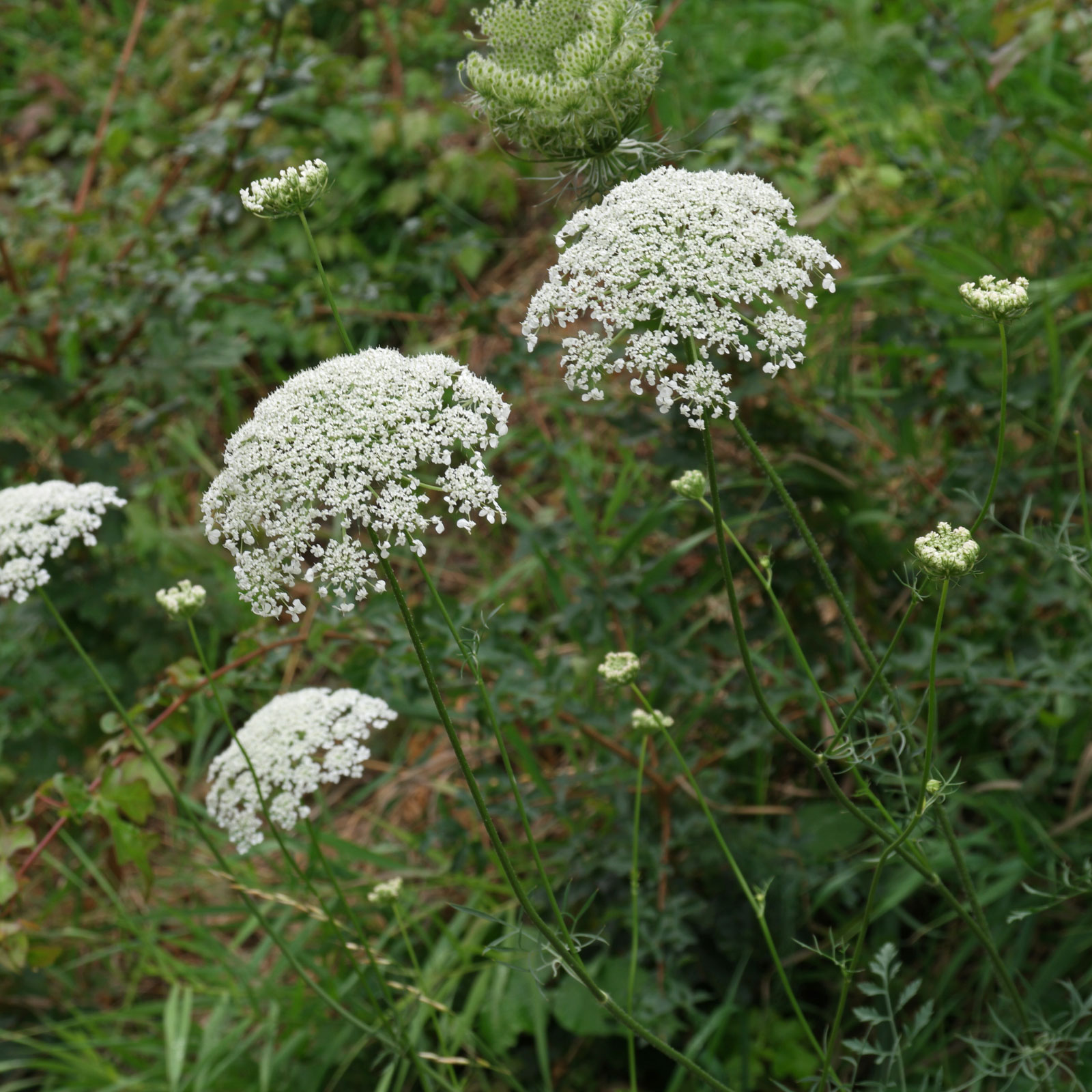
Daucus carota
Daucus carota, whose common names include wild carrot, European wild carrot, bird's nest, bishop's lace, and Queen Anne's lace (North America), is a flowering plant in the family Apiaceae.It is native to temperate regions of the Old World and was naturalized in the New World.. Domesticated carrots are cultivars of a subspecies, Daucus carota subsp. sativus.

Daucus carota (wild carrot) Go Botany
Tetrapleura Parl. Tiricta Raf. Tornabenea Parl. Daucus is a worldwide genus of herbaceous plants of the celery family Apiaceae of which the best-known species is the cultivated carrot. Daucus has about 75 species. [1] The oldest carrot fossil is 1.3 Ma, and was found on the island of Madeira in the Atlantic Ocean.
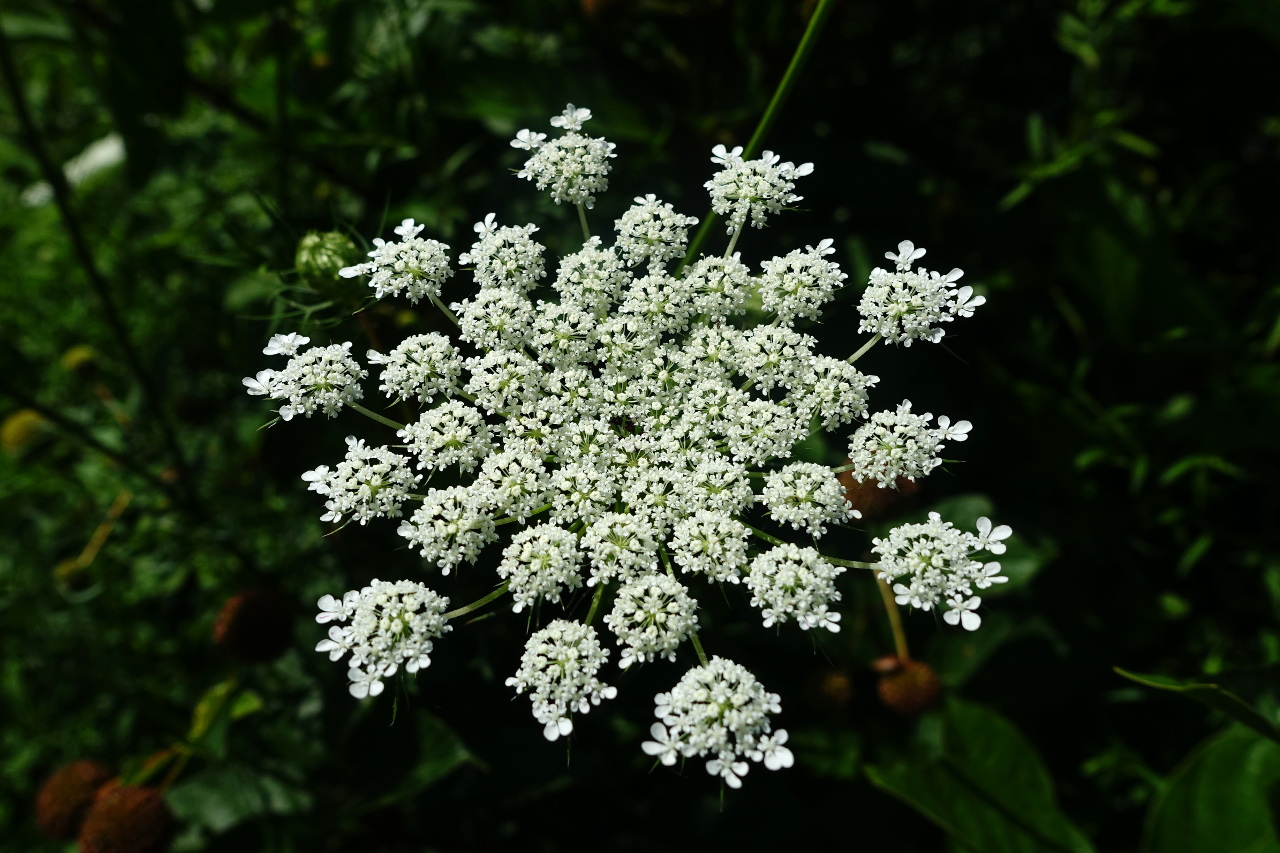
Daucus carota Wildflowers of the National Capital Region
Daucus carota. wild carrot. The wild carrot is a tap-rooted biennial, its solid, ridged stems reaching 75cm in height. In summer it bears white umbels, tinged with pink in bud and sometimes in flower and the very central floret is dark red. Only this flower produces nectar. It can be identified from other umbellifers by the 3 forked bracts.

wortel liar, umbel bunga, mekar, berkembang, berwarna merah muda, putih
Carrots (Daucus carota L.), among the most important root vegetables in the Apiaceae family, are cultivated worldwide. The storage root is widely utilized due to its richness in carotenoids.
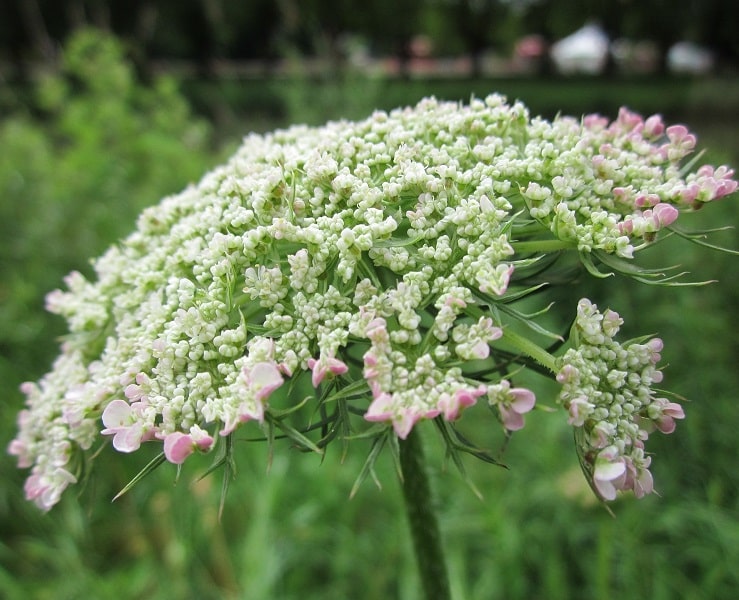
Wilde Karotte Samen Daucus carota Weltpflanzen
Wild carrot, also known as Queen Anne's Lace, was introduced to North America from Europe as a medicinal herb. The ancestor of the cultivated carrot, wild carrot is also edible when young, but the root rapidly grows woody and fibrous with age.

Daucus carota
Daucus carota is a BIENNIAL growing to 0.6 m (2ft) by 0.3 m (1ft in) at a medium rate. See above for USDA hardiness. It is hardy to UK zone 5 and is not frost tender. It is in flower from June to August, and the seeds ripen from August to September. The species is hermaphrodite (has both male and female organs) and is pollinated by Flies, beetles.
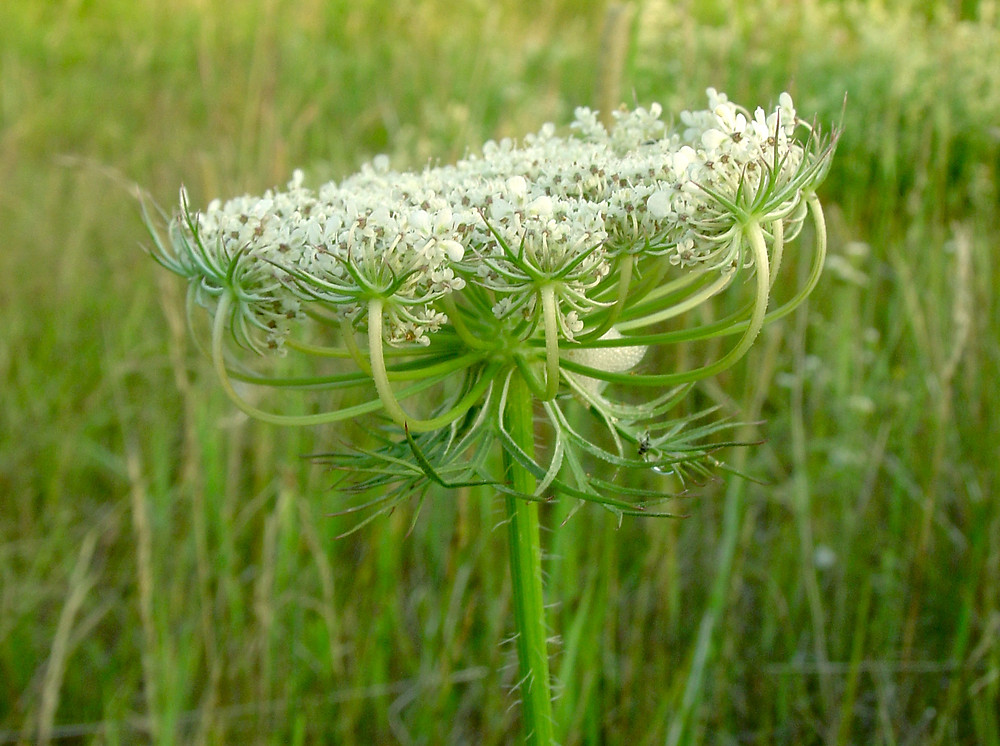
Daucus carota (wild carrot) Go Botany
Daucus carota is the wild form of the cultivated carrot, which flowers from midsummer to autumn and attracts a wide range of insects including bees, beetles and hoverflies. Flowers have a delicate, lacy quality, making them a good choice for informal borders and wildflower schemes. After flowering, the flowerhead folds inward to develop a.

Wild Carrot Daucus carota North Carolina Extension Gardener Plant
The carrot ( Daucus carota subsp. sativus) is a root vegetable, typically orange in color, though heirloom variants including purple, black, red, white, and yellow cultivars exist, [2] [3] [4] all of which are domesticated forms of the wild carrot, Daucus carota, native to Europe and Southwestern Asia. The plant probably originated in Persia.

Daucus carota (Queen Anne’s lace)
The wild carrot cultivar Daucus carota subsp. sativus is a major root vegetable for human and livestock consumption, with over 40 million tonnes farmed each year. Wild carrot root is edible, but is smaller and more woody than commercial cultivars. They are eaten when young, or are roasted, dried, and ground to a powder to be used for making coffee.
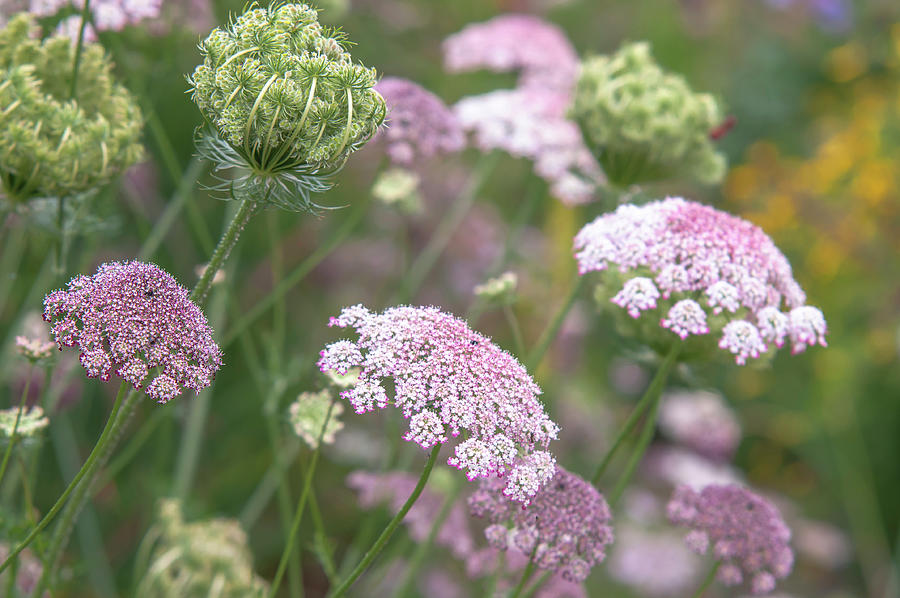
Flowering Daucus Carota Purple Kisses 1 Photograph by Jenny Rainbow
Daucus carota is a white flowering plant that forms part of the Apiaceae family of aromatic flowering plants that includes 3700+ species. It is commonly referred to as the celery, carrot, or parsley family. But, you may know Daucus carota as wild carrot, Queen Anne's Lace, bishop's lace, bee's nest, bird's nest, and devil's plague.
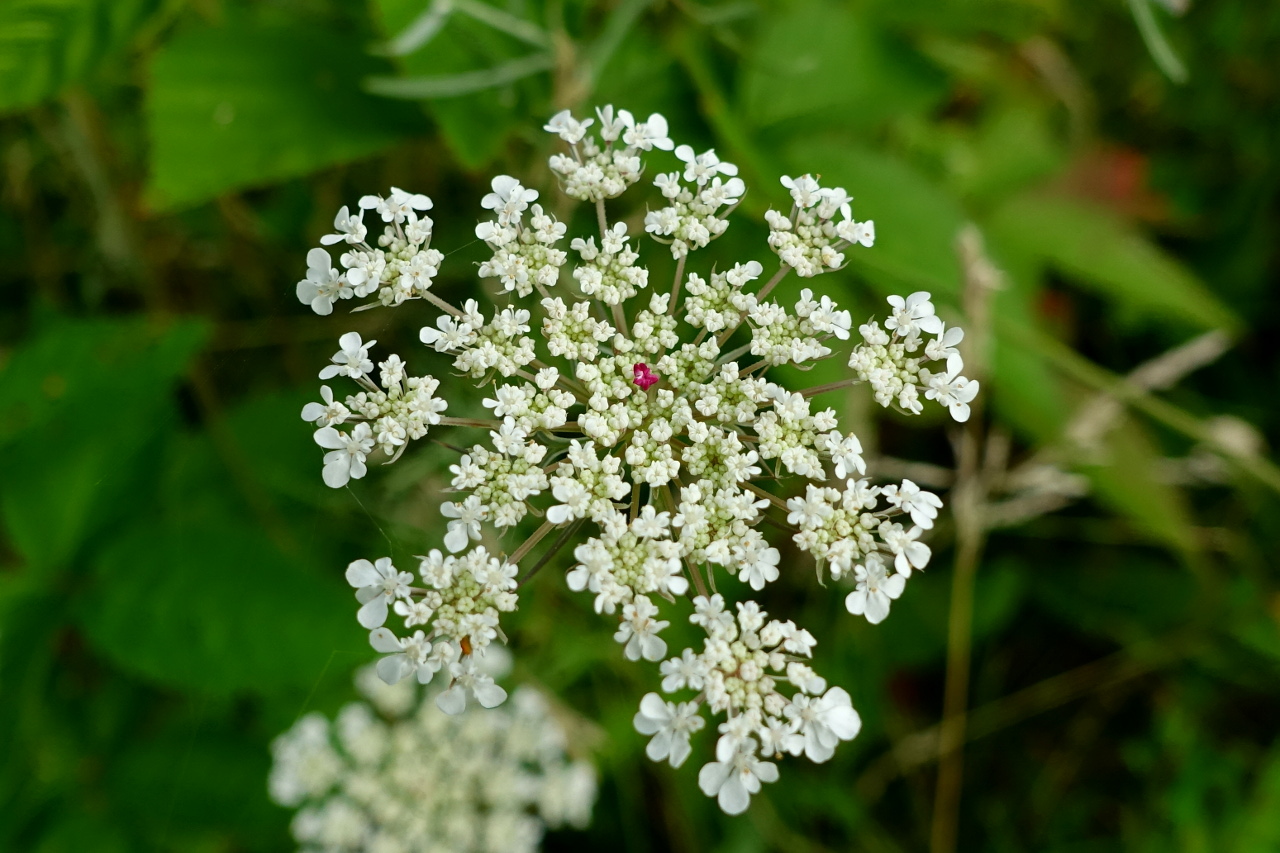
Daucus carota Wildflowers of the National Capital Region
Queen Anne's lace infusions are often used by those with kidney and bladder infections, cystitis, and gout (Hoffman, 2003) to flush toxins from the body. Some herbalists even suggest Queen Anne's lace infusions for clients with arthritis for this same reason. To make a Queen Anne's lace infusion, you'll want to use 1 ounce of Daucus.
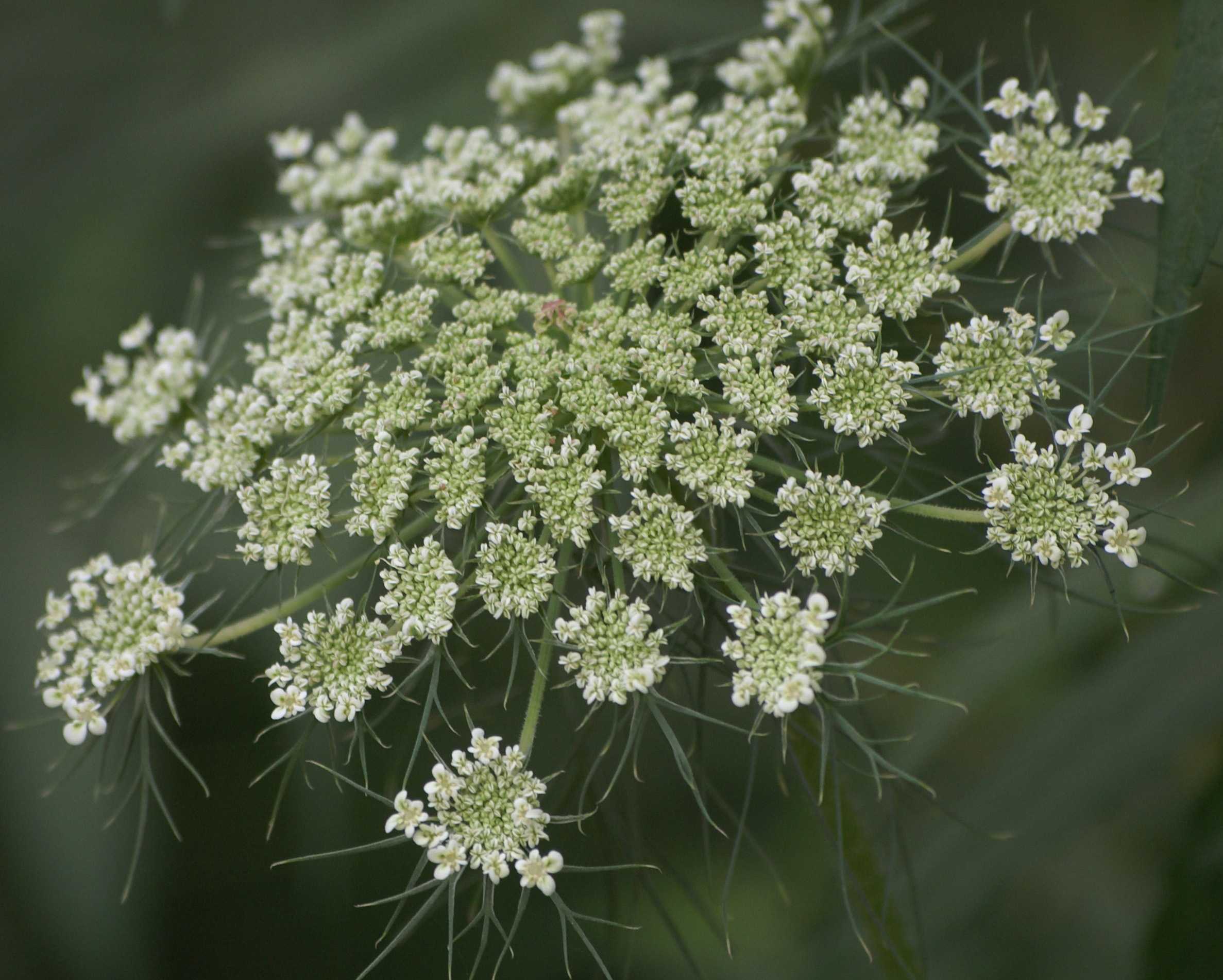
Daucus carota subsp. sativus eFlora of India
The native range of this species is Macaronesia to NW. Africa, Europe to S. China. It is a biennial and grows primarily in the temperate biome. It is used as animal food, a poison and a medicine and for food.
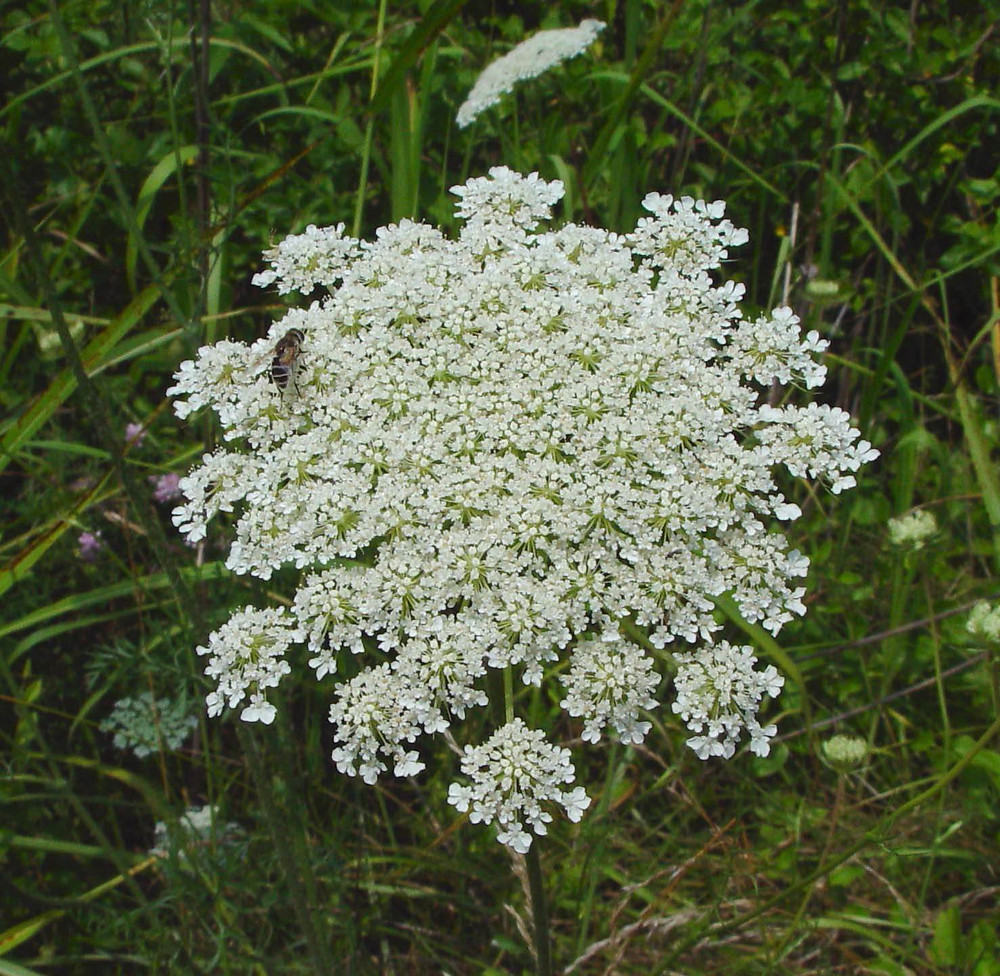
Daucus carota (wild carrot) Go Botany
Daucus Species: carota Family: Apiaceae Uses (Ethnobotany): The plant has been used medicinally. Life Cycle: Annual Biennial Recommended Propagation Strategy: Seed Country Or Region Of Origin: Europe, Eastern Asia and northern Africa Distribution: It is found in the lower 48 states and parts of Canada. Edibility: Leaves, roots, flowers, and.

Daucus carota
How to Grow Queen Anne's Lace. Hardy in Zones 3 to 9, Queen Anne's lace is a tolerant, easy biennial to grow. It thrives in low humidity and moderate temperatures. Plant in full sun for loads of lovely, large white flower clusters. Partial shade is okay, but full shade will greatly decrease vigor.

Daucus carota
Daucus carota (wild carrot) is a complex plant species that comprises of wild and cultivated species. Daucus carota seed oil as both medicinal and commercial uses. It is used to treat urinary tract infections, gout, diarrhoea, ingestion, worm infestation, etc. It also acts as a nerve tonic.